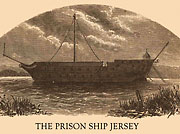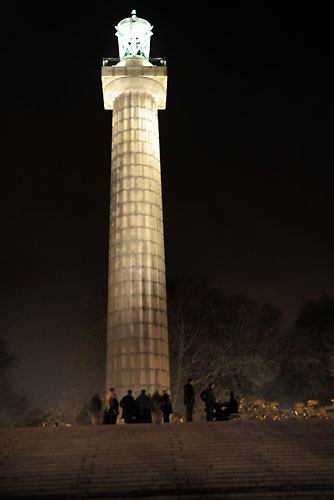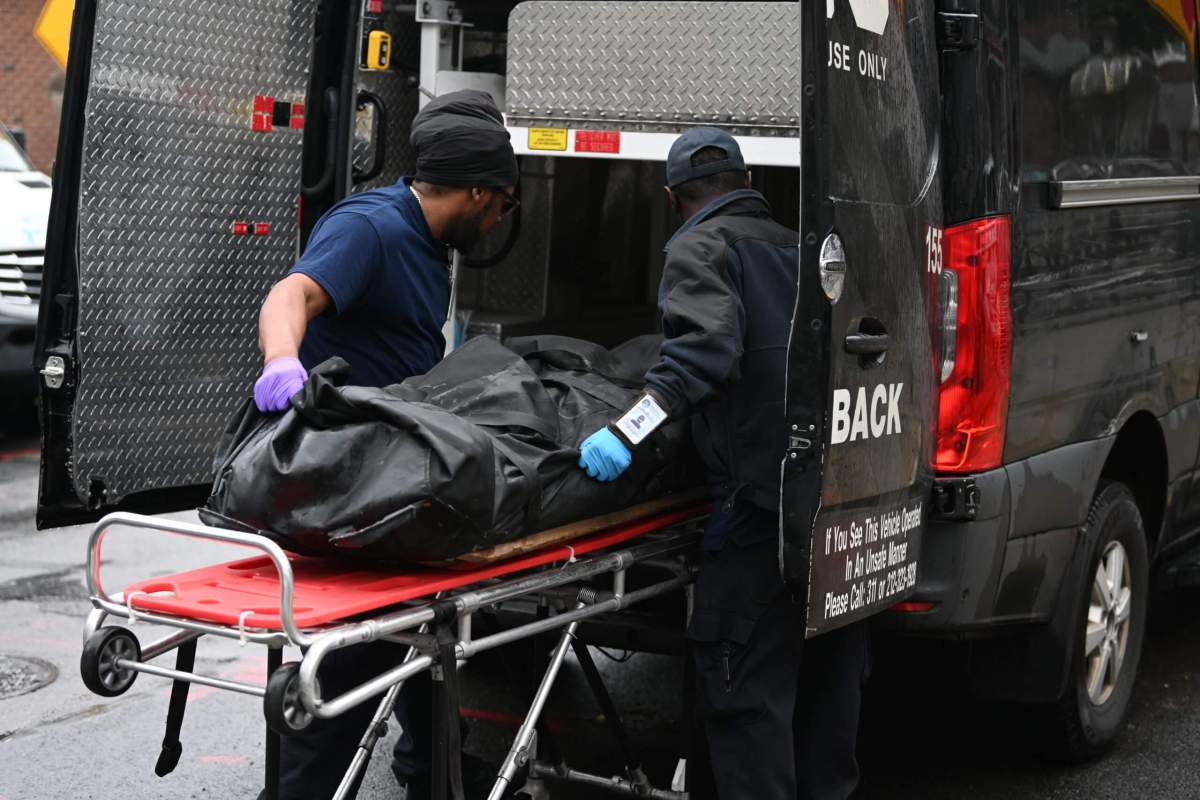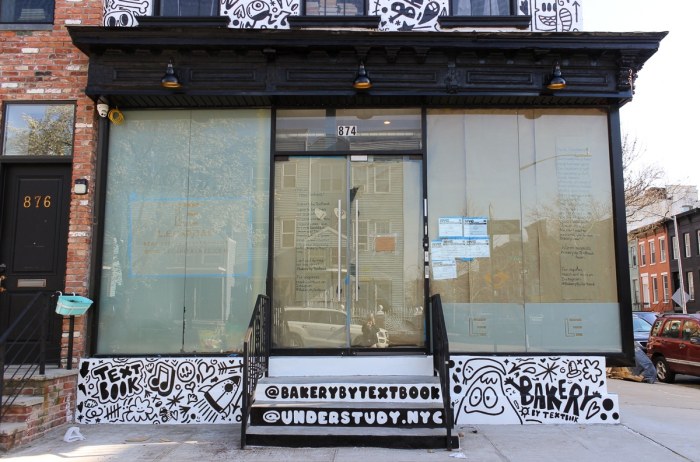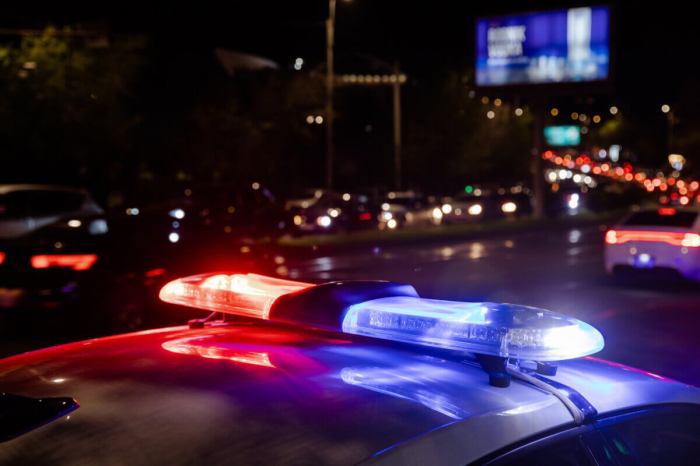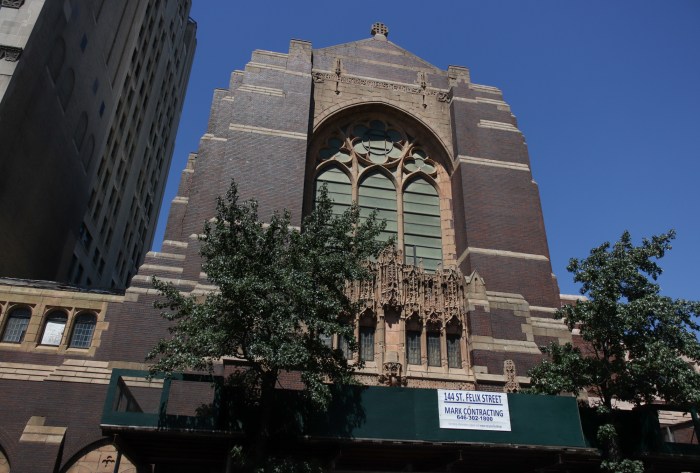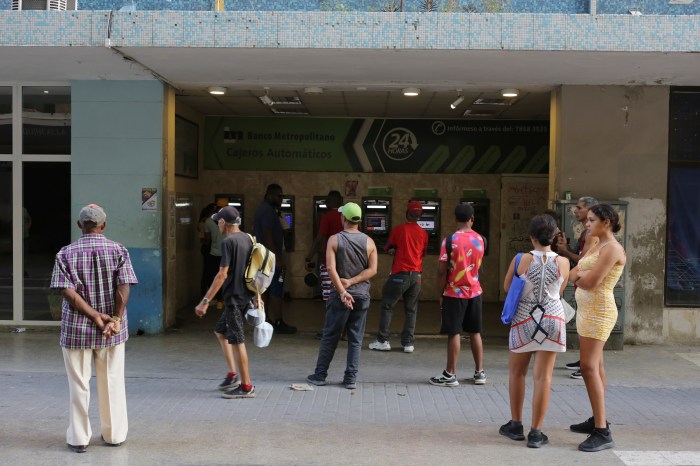The eternal flame is living up to its name again.
On Saturday night in Fort Greene Park, a tribute to the thousands of prisoners of war who died on British prison ships during the Revolutionary War was relit for the first time in 87 years.
More than 500 people gathered in the park on a cold and rainy day to celebrate the centennial of the Prison Ship Martyrs Monument, whose “eternal lamp” went dim in 1921.
“I’ve been waiting my whole life to see this lit,” said Mark De Palma, a history buff who grew up in Carroll Gardens, a few miles from the 148-foot Doric column that was erected in 1908 to honor the 11,000 prisoners of war who died on British ships in the East River.
Beneath the column is a crypt, restored by the city Parks Department, that contains remains of the victims, whose bodies washed ashore for decades after the United States won independence.
“This is part of our heritage and part of our cultural wealth,” said Ruth Goldstein, a volunteer from the Fort Greene Park Conservancy who helped organize the centennial.
The switching on of the eternal lamp, which will be lit between sundown and sunup, culminated a day of pomp and circumstance in the park designed by Calvert Vaux and Frederick Law Olmsted.
Interest in the prison ship martyrs ebbed and flowed over the years. Walt Whitman, writing in the long-defunct Brooklyn Daily Eagle in the mid-1800s, championed calls to build a proper burial place for the victims, but it was only in the late 19th century that the idea gathered widespread support, reaching its pinnacle at the 1908 dedication that drew tens of thousands of spectators. It was such a big event that then-President-elect William Taft schlepped his considerable girth to Brooklyn to be there (the current President-elect was invited, but chose not to attend).
Taft delivered a scathing criticism of the British, saying their mistreatment of American prisoners was “revolting to every instinct of human nature,” the New York Times reported then. He also praised the Martyrs Monument as “an inspiration to future unselfish and unheralded sacrifice to maintain our institutions of liberty and civilization.”

But the monument’s brief moment in the public consciousness faded quickly, partially because the United States deepened its friendly relationship with Great Britain during World War I. A long period of decline soon followed. In 1921, the eternal flame in an urn atop the column was darkened. In the 1930s, an elevator that carried visitors to the top fell into disrepair and was eventually removed.
Saturday’s ceremonies attempted to atone for the decades of neglect — and insult.
Around midday, the Parks Department unveiled four sculpted eagles that had been taken from the monument more than 40 years ago and stored in the department’s headquarters for much of that time. Many park enthusiasts took umbrage at reports that circulated that Parks Department officials used the eagles as hat racks — a charge denied by the city.
The city was hard pressed to complete its renovations by Saturday, because work stalled for months when the original contractor was indicted for underpaying its workers.
Spectators rekindle interest in a historic site that may not have the resonance of battlefields like Gettysburg, the Alamo or Pearl Harbor, but honors a central moment in our nation’s founding.
“The prison ship issue is a very important issue, but it’s also a very forgotten one,” said Joe Callahan of Park Slope.
Many dignitaries attended the events, including an emissary from the Department of Defense, a descendant of a survivor of the harrowing floating jails and several local elected officials.
“I’m a fifth descendent of James Forten, who was a prisoner on the Jersey,” said Kip Jacobs, who lives in Chicago. “I’m very proud to be his descendent and I’m also very pleased to see the dedication involved with this. It touches me deeply.”
Keynote speaker Edward Burrows, a Pulitzer Prize-winning author whose new book is “Forgotten Patriots: The Untold Story of American Prisoners During the Revolutionary War,” said the deaths of thousands of POWs from humble backgrounds showed that the revolution was not just waged by “gentlemen in powdered wigs and knee britches.”
